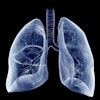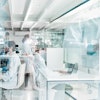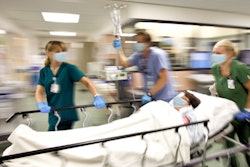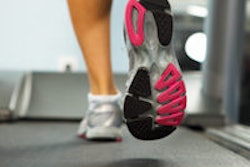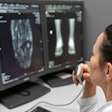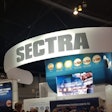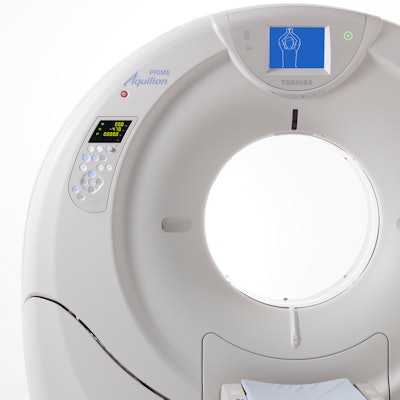
There's plenty of slack in imaging departments at the start of the working day and also on Fridays. That's the main finding of a detailed analysis of CT productivity at a large university hospital, but simple changes in staffing and workflow practices can lead to major improvements.
For the two CT systems in the acute radiology department of the University Hospital of South Manchester (UHSM) in the U.K., researchers collected data retrospectively from the RIS and PACS for every day in June 2016, including weekends. Even though the machines were scheduled to operate for nine hours a day from 8 a.m., the average number of scans between 8 a.m. and 9 a.m. was 1.6 during weekdays, compared with an average of 5.7 per hour between 9 a.m. and 5 p.m.
 The big sleep: Productivity can fall dramatically on a Friday.
The big sleep: Productivity can fall dramatically on a Friday."Patient discharge in the acute setting is often dependent on results of radiological imaging. Delayed scanning and reporting can adversely affect patient flow throughout the hospital," Dr. Elizabeth Barclay, a radiologist at the UHSM, told delegates at last month's U.K. Radiological Conference (UKRC) in Manchester. "An efficient start to the day would have a positive effect on the overall productivity of the department."
Radiologists at UHSM suspected the rate of scanning between 8 a.m. and 9 a.m. was low, contributing to a backlog of scans and increased pressure on staff later in the day, she explained. This prompted her and consultant radiologist Dr. Anna Sharman to design an audit to quantify the rate of CT scanning for that morning hour. The duo was keen to identify possible changes to improve efficiency and ultimately have a positive impact on patient flow.
For each scan, they recorded the date and day of the week, plus the patient's location (inpatient, outpatient, or accident and emergency attendee), the arrival time in the department, the appointment time (if applicable), the time of the initial image on PACS, the scanner used, and the type of scan (body area, with or without contrast).
Friday troubles
The researchers also looked at variations in the number of scans per day throughout June 2016. Productivity for the whole of Friday was particularly low at well under two scans per hour on average, compared with the two days with the highest throughput rate: almost 11 per hour on Wednesdays and 10 per hour on Saturdays. Productivity was also below average on Thursdays at fewer than seven scans per hour.
About 93% of patients were scanned within 30 minutes of arriving in the department. Most inpatients arrived in the department after 8:20 a.m., while many outpatients arrived before 8:20 a.m., despite the majority of appointment times being arranged for after 8:20 a.m. The arrival time of accident and emergency patients varied, the team reported at UKRC.
The newer scanner with faster image reconstruction and transfer of images to PACS was selected much more often by radiographers when both machines were available. The newer one was used for 63% of examinations, compared with 37% for the older unit.
Barclay and Sharman believe the following five factors contributed to low productivity between 8 a.m. and 9 a.m.:
- Quality control checks were performed at 8 a.m. daily on both scanners, meaning staff weren't ready to start scanning until 8:15 a.m.
- Few patients were in the department before 8:20 a.m. Most inpatients do not arrive in the department before 8:20 a.m., perhaps due to difficulties transferring patients from the ward during busy handover times for nurses and porters.
- Most outpatient appointments were booked after 8:30 a.m.
- There were variations in the number of accident and emergency patients and urgent inpatient scans required per day, as well as arrival time in the department. Elective in- and outpatient appointments can be managed to ensure a minimum number of patients in the department at the start of the day, they pointed out.
- Other unpredictable factors not recorded in the RIS contributing to delays included technical problems with scanners, patients requiring interpreters, and difficult venous cannulation.
Implementing change and reaudit
To tackle the problem, three new practices were agreed upon with the radiographers and presented at the departmental clinical governance meeting: one radiographer to start their shift at 7:45 a.m. daily to set up scanners, increase number of outpatient appointments between 8 a.m. and 8:30 a.m., and book elective inpatient appointments after 8:30 a.m.
The researchers carried out a second audit in November 2016, two months after these changes had been implemented, and they found a marked improvement had occurred. Between 8 a.m. and 9 a.m., the average number of scans per hour was 3.0, compaired with 1.6 in June.
"To ensure continued improvement and sustainability, data productivity will be monitored by regular reaudit and presentation of the results to staff in the department," they concluded.


